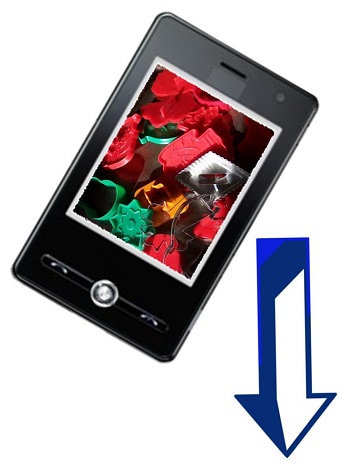The latest smartphone statistics are showing that advertisers can’t use a one size fits all mentality.
Smartphones are rapidly becoming one of the best ways for brands to be able to communicate an interact with consumers in a relevant way, as mobile marketing techniques become better understood and employed, but marketers are discovering that there is no single solution to reaching everyone.
There are massive opportunities through smartphone advertising, but a cookie cutter strategy does not exist.
While promotions and ads over smartphones can be extremely effective in emerging markets, mobile marketing firms have come to note that when focusing on emerging markets, they must not only work on engaging consumers, but also in converting new customers. Among the emerging markets where the growth has been greatest are Latin America, the Middle East, Africa, and the Asia Pacific region. In those markets, mobile ad revenues have risen by over 60 percent, year over year.
It is clear that these are very promising areas for mobile marketing, provided that it is done correctly.
The latest projections are that these markets will make up the majority of mobile connections within three years from now. Marketers are boosting their advertising budgets in order to focus on these customers and reach them through their smartphones. This is especially true in the areas in which there is a rapidly growing middle class. The reason is that it is building the number of people who have a disposable income.
In these emerging markets, the use of mobile devices is considerably greater than that of laptops and desktops. In fact, smartphones are used broadly over tablets. The reason is that they did not have the infrastructure or disposable income available for widespread computer use as developed nations saw those machines become ubiquitous. Therefore, targeting consumers over smartphones is essentially the only way to go when it comes to digital marketing in those regions.
The key is to avoid the belief that mobile marketing in the West and in these markets can be conducted in the same way. Duplicating campaigns leads to a direct failure in emerging markets, nearly every time.
These mobile promotions are sending consumers into stores where they are making their purchases.
A new report has now been issued by BI Intelligence which has shown that geolocation based marketing techniques are blurring the line that exists between the physical and the digital environments.
Techniques using this technology are helping to send consumers into brick and mortar shops.
This has been causing marketers to take advantage of geolocation based marketing techniques to help to encourage foot traffic into physical store locations by targeting smartphone users on their devices at the moments that they are already close to one of the shops. Of course, to be able to accomplish this goal, it means that those companies need to be able to identify the locations of the consumers and then use it properly to provide a relevant and appealing draw into the store.
New geolocaion based marketing incentives are using technology to help accomplish that goal.
 Within a new BI Intelligence report, three different forms of approach to this technology have been studied. They are geoconquesting, geofencing, and geoaudiencing. Each of those uses similar technologies in a slightly different way. The report also examined some of the most effective applications that are providing consumers with enough value that they are willing to share their location with a brand or company.
Within a new BI Intelligence report, three different forms of approach to this technology have been studied. They are geoconquesting, geofencing, and geoaudiencing. Each of those uses similar technologies in a slightly different way. The report also examined some of the most effective applications that are providing consumers with enough value that they are willing to share their location with a brand or company.
What the report determined was that while these services are growing in their acceptance across the United States, they don’t appear to be growing in actual adoption. At the moment, a healthy 74 percent of American smartphone owners have reported that they use mobile location based services in some way or another. Though this is a good percentage, it is about the same as it was last year. This indicates that the tech isn’t becoming any more popular than it was a year ago.
The report also pointed out that check ins are starting to slide in their popularity. Though there were 18 percent of American device users saying that they were using local-social networks to check-in in February 2012, that figure is now closer to 12 percent. By understanding the latest insight in geolocation based marketing, marketers can better keep up with the trends and achieve the greatest ROI.


 Within a new BI Intelligence report, three different forms of approach to this technology have been studied. They are geoconquesting, geofencing, and geoaudiencing. Each of those uses similar technologies in a slightly different way. The report also examined some of the most effective applications that are providing consumers with enough value that they are willing to share their location with a brand or company.
Within a new BI Intelligence report, three different forms of approach to this technology have been studied. They are geoconquesting, geofencing, and geoaudiencing. Each of those uses similar technologies in a slightly different way. The report also examined some of the most effective applications that are providing consumers with enough value that they are willing to share their location with a brand or company.